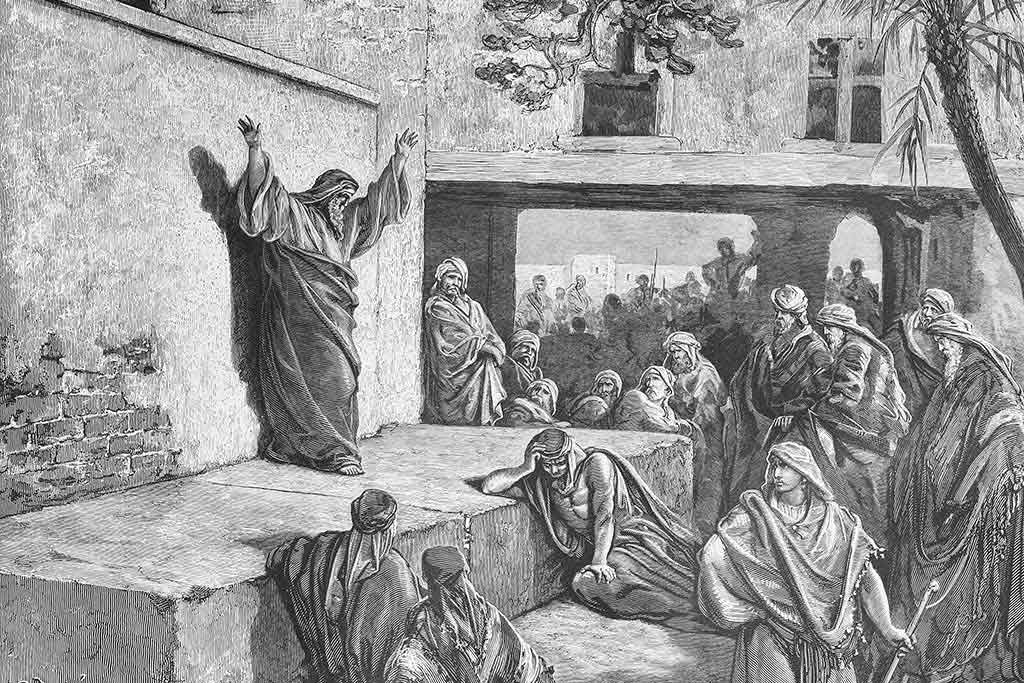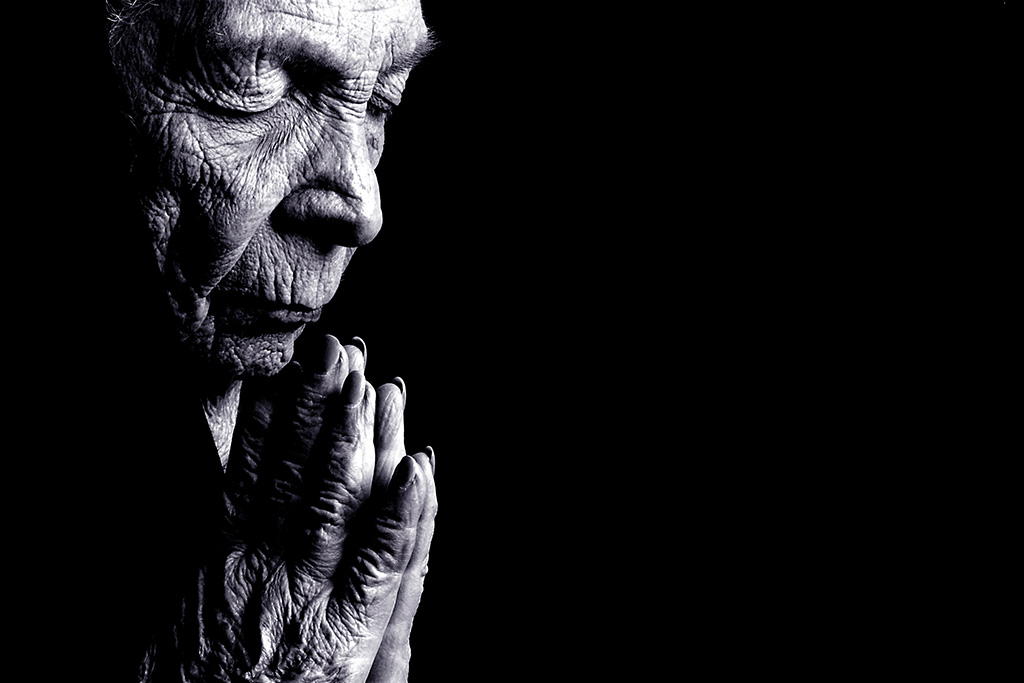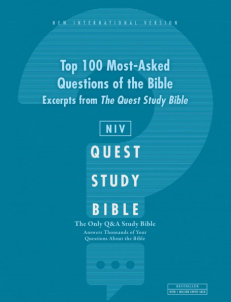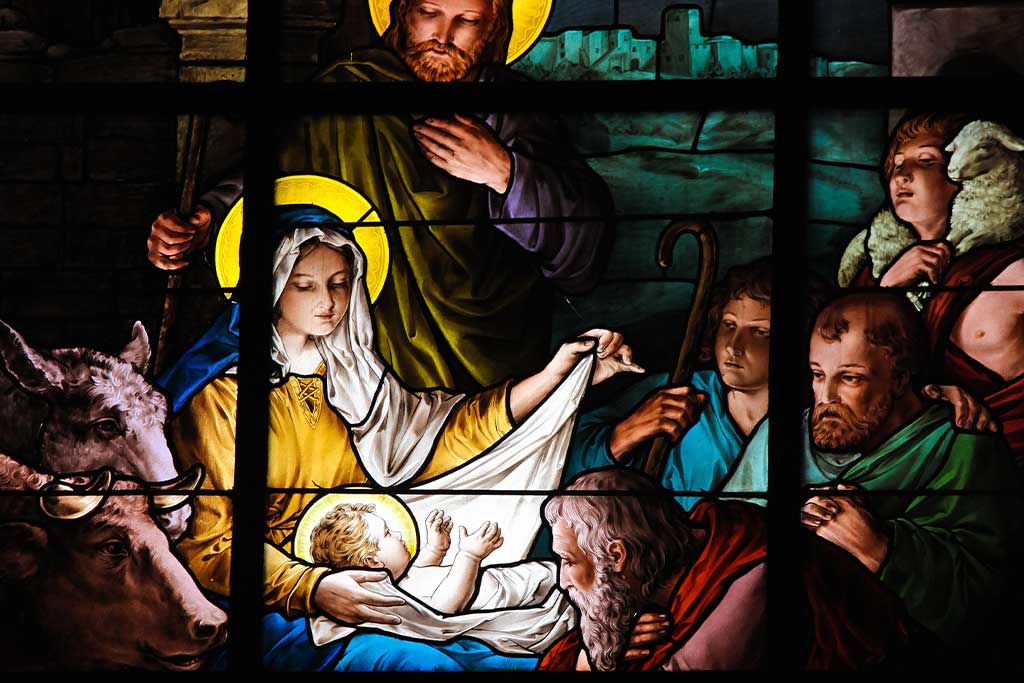
6 Insights on the Genealogy of Jesus
This is the genealogy of Jesus the Messiah the son of David, the son of Abraham. And so begins the book of Matthew. It’s easy to gloss over the names in the long list that follows in Matthew 1. But what is the significance of the names? Why does Matthew include them and what do they tell us?
Abraham was the father of Isaac, Isaac the father of Jacob,
Jacob the father of Judah and his brothers,
Judah the father of Perez and Zerah, whose mother was Tamar,
Perez the father of Hezron, Hezron the father of Ram,
Ram the father of Amminadab,
Amminadab the father of Nahshon,
Nahshon the father of Salmon,
Salmon the father of Boaz, whose mother was Rahab,
Boaz the father of Obed, whose mother was Ruth,
Obed the father of Jesse,
and Jesse the father of King David.
David was the father of Solomon, whose mother had been Uriah’s wife,
Solomon the father of Rehoboam,
Rehoboam the father of Abijah,
Abijah the father of Asa,
Asa the father of Jehoshaphat, Jehoshaphat the father of Jehoram, Jehoram the father of Uzziah,
Uzziah the father of Jotham,
Jotham the father of Ahaz,
Ahaz the father of Hezekiah,
Hezekiah the father of Manasseh,
Manasseh the father of Amon,
Amon the father of Josiah,
and Josiah the father of Jeconiah and his brothers at the time of the exile to Babylon.
After the exile to Babylon:
Jeconiah was the father of Shealtiel,
Shealtiel the father of Zerubbabel,
Zerubbabel the father of Abihud,
Abihud the father of Eliakim,
Eliakim the father of Azor,
Azor the father of Zadok,
Zadok the father of Akim,
Akim the father of Elihud,
Elihud the father of Eleazar,
Eleazar the father of Matthan,
Matthan the father of Jacob,
and Jacob the father of Joseph, the husband of Mary, and Mary was the mother of Jesus who is called the Messiah.
Thus there were fourteen generations in all from Abraham to David, fourteen from David to the exile to Babylon, and fourteen from the exile to the Messiah.
Matthew 1:1-17
1. There are fourteen generations between the four major events Matthew lists—Abraham, David, exile and Jesus.
Matthew isn’t saying that there were literally fourteen generations between each event. He is doing something more interesting. Three sets of fourteen generations is the same as six sets of seven generations. In the Bible, the number seven symbolizes wholeness or completion. Jesus, therefore, represents the beginning of the seventh set of seven generations, the fullest completion of what came before him.
2. Matthew uses creative wordplay to show how Jesus fulfills all of Scripture.
Asaph (also translated as Asa) is a figure associated with many of the Psalms, like Psalms 73–83, and Amos (also translated as Amon) is one of the Old Testament prophets. Jesus’ birth fulfills the Biblical story, and his spiritual heritage includes not just kings, but prophets and poets too.
3. Matthew highlights Joseph’s royal lineage from Judah through David.
No Jewish family ancestry could be more prominent than the Davidic royal line. Although both Matthew’s and Luke’s genealogies trace Jesus’ royal ancestry on Joseph’s side of the family through somewhat different paths, both emphasize that, many centuries earlier, Jesus’ line proceeded from King David (see Romans 1:3; Revelation 5:5).
Even though Jesus was not Joseph’s biological son, in the ancient world, an adopted child had the same rights and privileges as a biological child. This means that Jesus was considered a descendant of David, making it possible for him to reign as King of the kingdom God promised.
4. Matthew summarizes the Old Testament with three main events leading up to Jesus.
With Abraham, he recalls God’s promise to bless all nations. With David, he recalls God’s promise to establish an everlasting kingdom. With the exile, Matthew highlights the great act of judgment that questioned whether God would keep his promises. Matthew wants to introduce the story of Jesus by showing that he fulfills the Old Testament’s story.
5. Matthew includes five women in the genealogy of Jesus: Tamar, Rahab, Ruth, Bathsheeba and Mary.
This would have been odd by ancient standards. It’s even more surprising that Tamar, Rahab and Ruth are not Jewish. Matthew is highlighting Jesus’ mixed heritage on purpose. It is striking because one of the purposes of ancient Jewish genealogies was often to often to highlight the purity of one’s Israelite (or Levite, etc.) ancestry. Jesus came not just to save the Jewish people, but the whole world, and his family lineage shows that God also makes non-Jewish people part of his special covenant family.
6. Jesus’s Ancestry Shows God’s Faithfulness.
Some Jewish teachers have remarked that arranging all the marriages in people’s ancestry was a greater miracle than the parting of the sea in Moses’ day. Jewish recipients familiar with Scripture would hear the names of most of these ancestors with rich nuances of how God had guided His people’s history. Far from being foreign to their heritage, Jesus was its climax.
Drawn from The NIV Telos Bible.
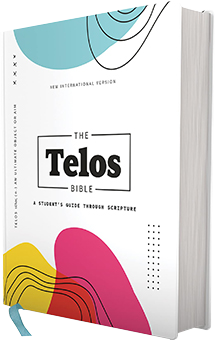
The NIV Telos Bible
Created to meet the spiritual needs of high school and college students, the NIV Telos Bible is designed to be contextually relevant and to challenge young adults to take a meaningful look at the Bible. It encourages this diverse generation to know and follow Jesus while discovering what the Bible says about the subjects that are most important to them. Acting as a student’s guide through Scripture, this Bible includes tools like book introductions, reading plans, core questions and answers, and journaling prompts to equip young adults to make sense of the Bible.
See inside.


